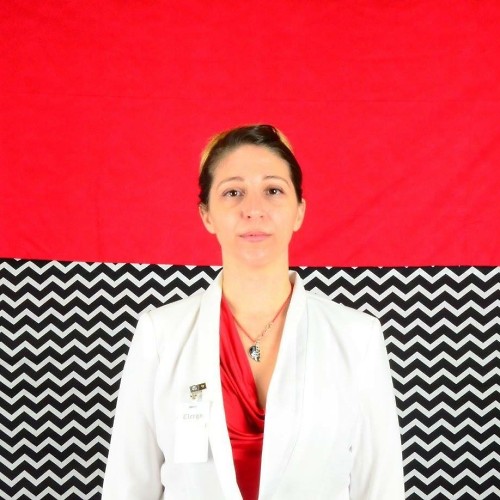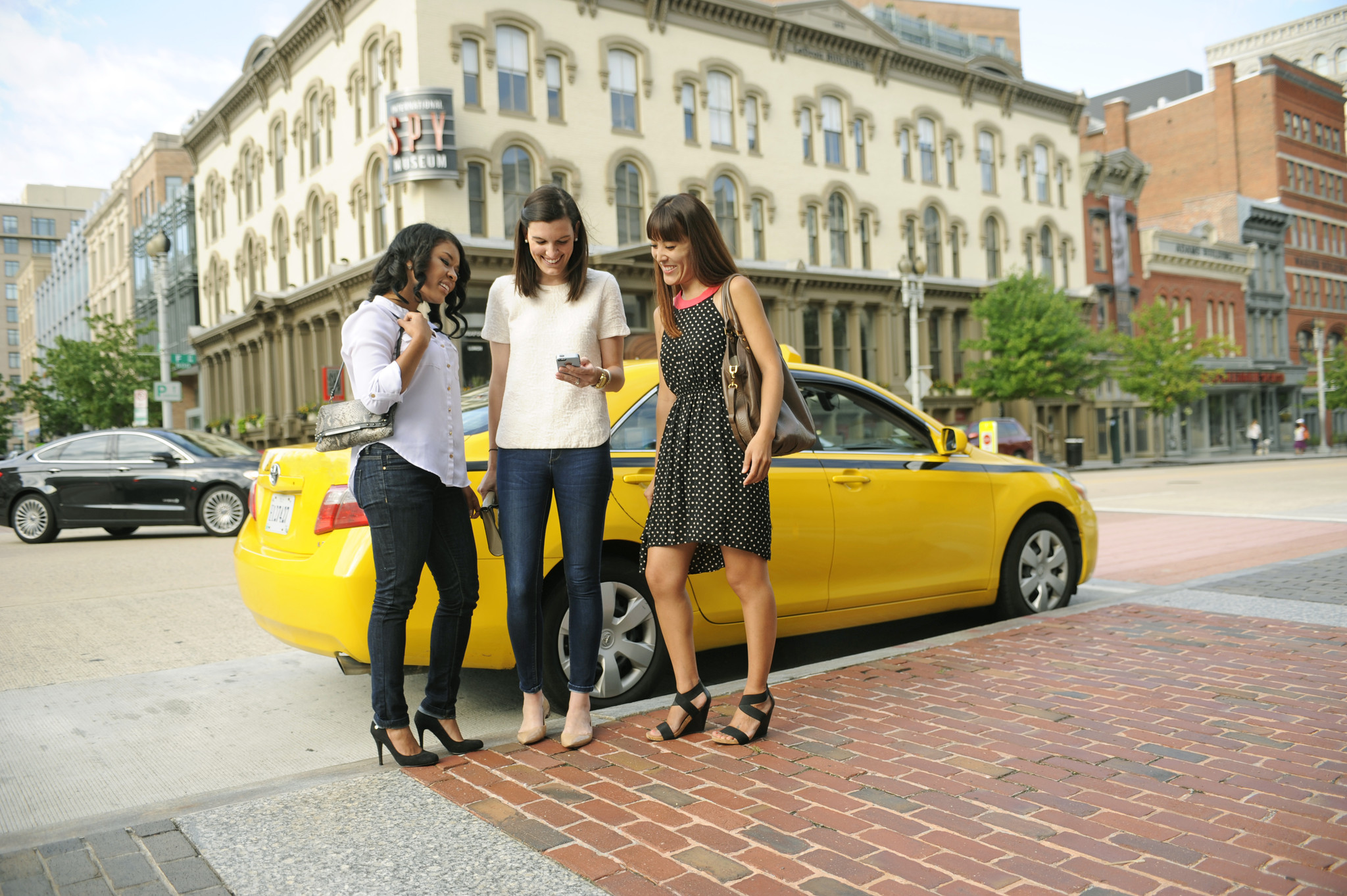
If, for some reason, you've recently decided to stop using one or more ridesharing services, but wish there were an easier way to call for a cab, you're in luck. Curb - The Taxi App works a lot like Uber or Lyft, but it's for cabs.
Taxis vs ridesharing
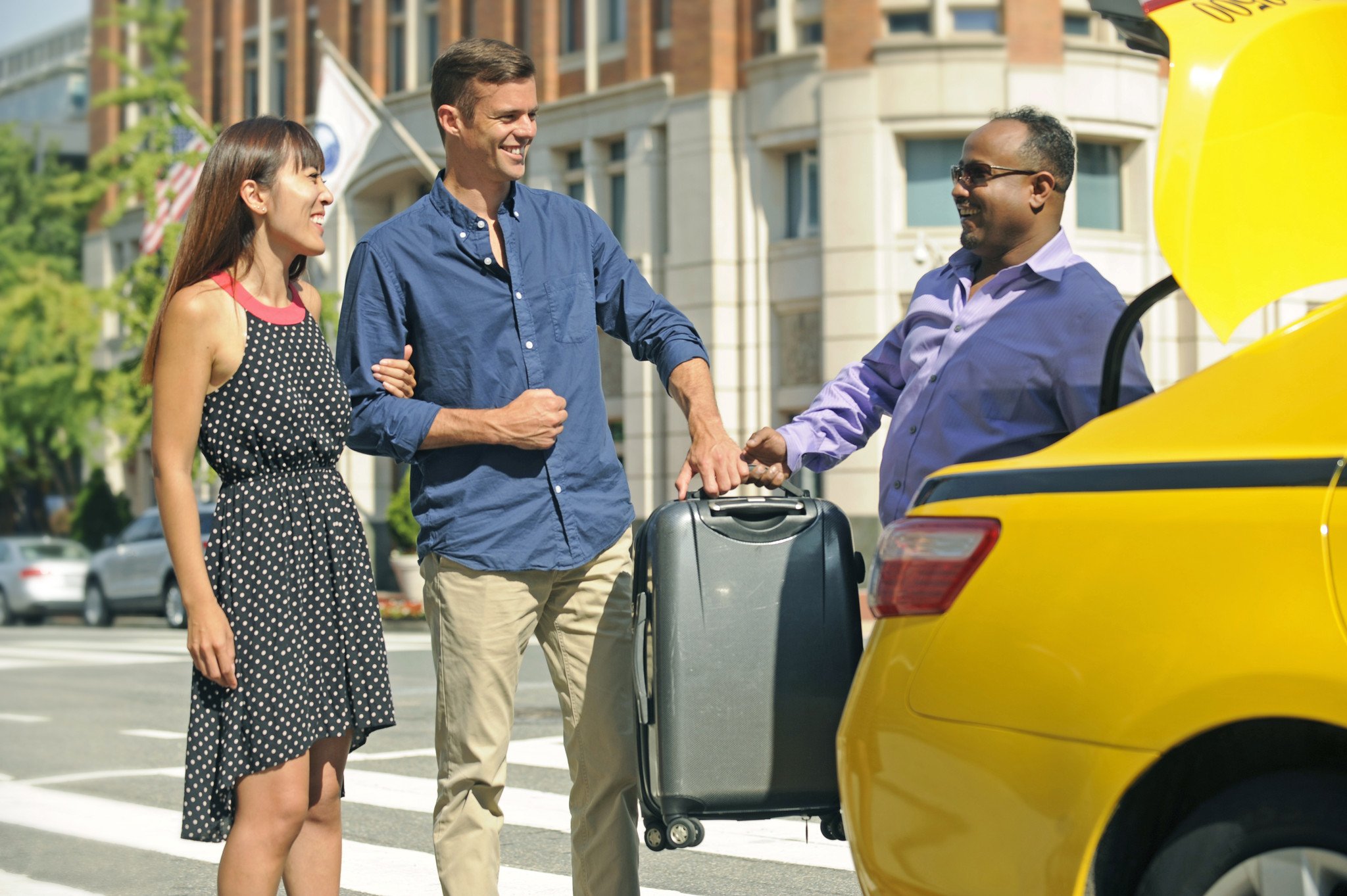
I have a confession to make. I've never felt good about using a ridesharing service. I worry about how the taxi industry can survive when these startups come in and seriously undercut the competition. I do use Uber and Lyft, but I feel guilty every time I do.
I used to sit on my high horse and preach about how important it is to support the cabbies instead of calling a ridesharing service just because it's cheaper... and easier.
And then I took my first Uber ride. After that, like a drug, I found myself using it again and again, even though I felt guilty about it. It really is cheaper... and way easier.
But, taxis have a few advantages that rideshare companies do not. Taxi drivers are fully covered under their company's insurance policy. Rideshare drivers do need insurance, and are partially covered while they have a rider in their car (and their app is open and running), but can be dropped from their insurance company if their coverage does not include commercial coverage. Taxi drivers are required to undergo a background check - in some states a fingerprint scan is required, which is run through an FBI database. Rideshare companies do perform background checks, but don't require a fingerprint scan. Because taxis are regulated, they undergo audits and inspections more often than a rideshare company does.
The quick and dirty: Ridesharing costs less and is easier to use. Taxis cost more, but provide better protection for the rider.
How does Curb work?
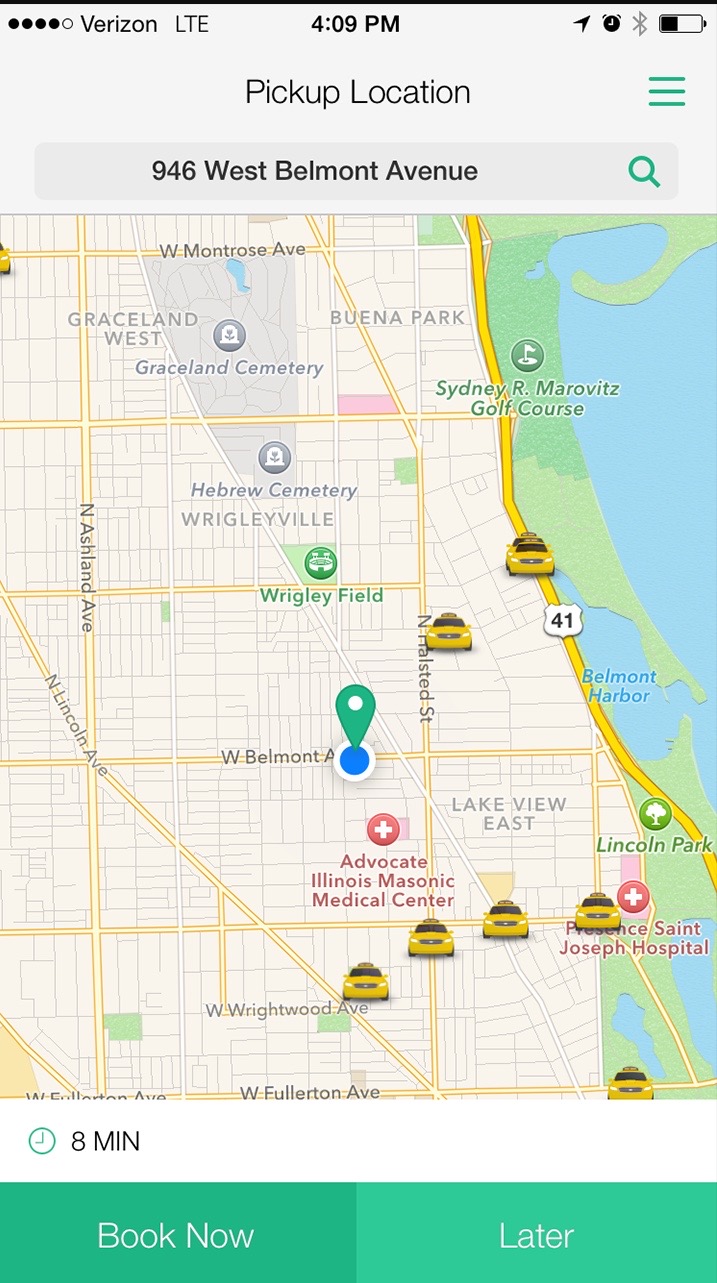
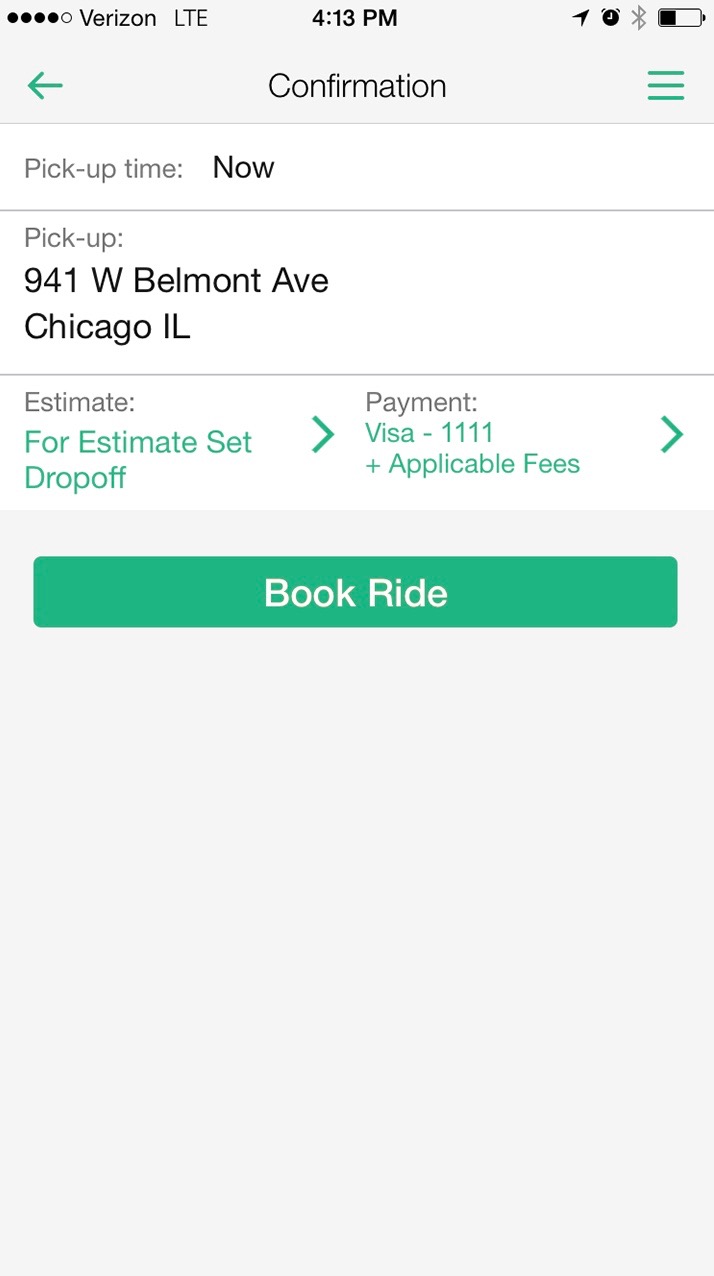
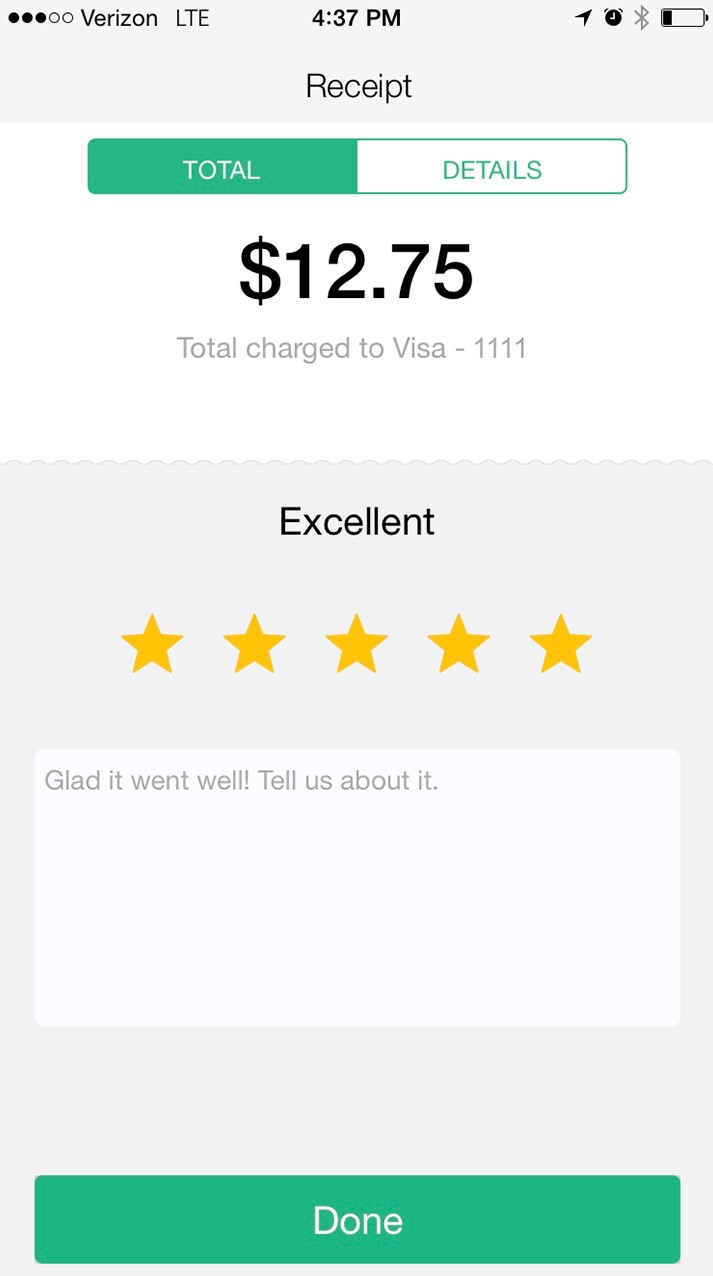
When you first install Curb, you'll be asked to set up an account. You'll put in your name, phone number, and email address. You'll also connect your credit or debit card. Curb is supported by VeriFone, which is the credit card company that most Yellow and Green cabs use for payment transactions. So you can feel secure (as secure as you normally would paying for a cab ride) setting up your payment options.
Master your iPhone in minutes
iMore offers spot-on advice and guidance from our team of experts, with decades of Apple device experience to lean on. Learn more with iMore!
Once you're set up, you'll enter a Drop off location and select Book Now. You can then enter your destination location to get an estimate of what the ride will cost. From my experience, taxi rides through Curb run about $2 more than non-surge priced ridesharing rides.
You can see, just like in the Lyft and Uber apps, where your taxi is currently located and how long it will take to get to you. In my city, estimated pickup times are about three minutes longer than ridesharing pickup estimates.
When your taxi arrives and your driver starts his meter, you'll get a notification that your ride has started. You'll also be asked to confirm the default tip or customize your tip (you can select no tip) within the app.
When you arrive at your destination and the taxi driver stops the meter, your connected payment card will automatically be charged. You will receive a notification and an email with the total amount charged.
Then, you're done. In a nutshell, it's pretty much the same experience as using Uber or Lyft.
How Curb compares with Uber and Lyft
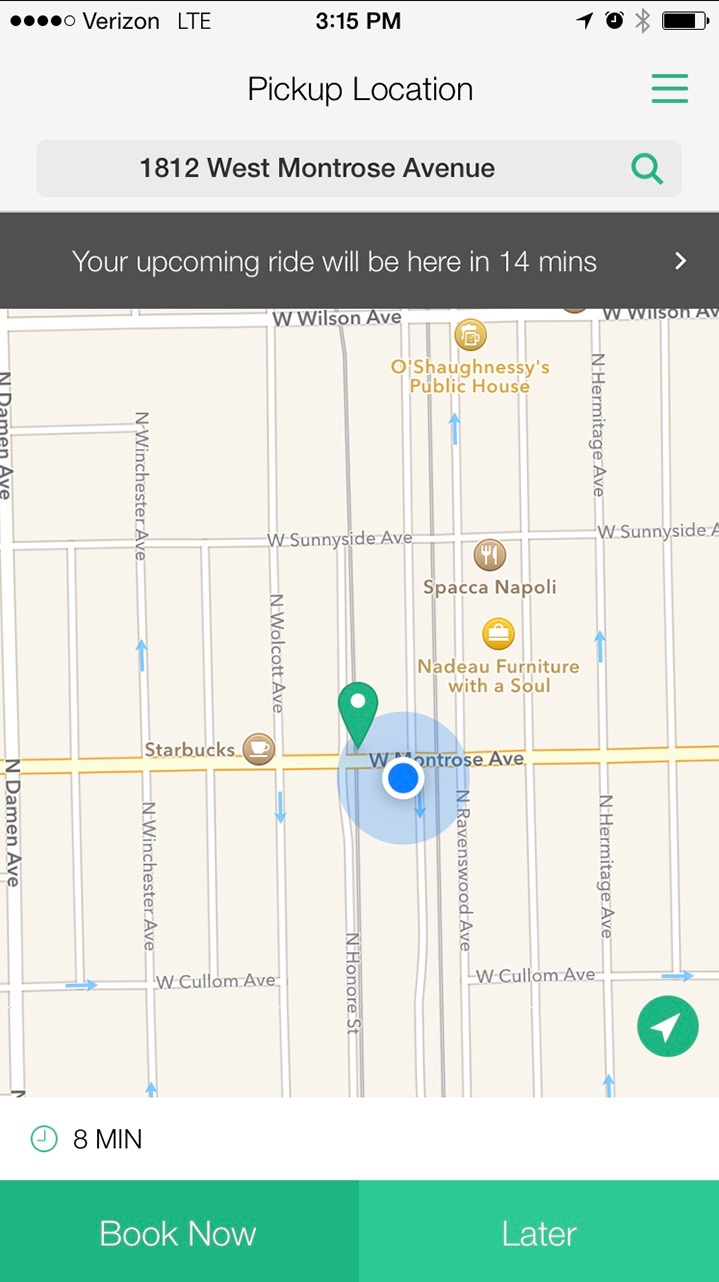
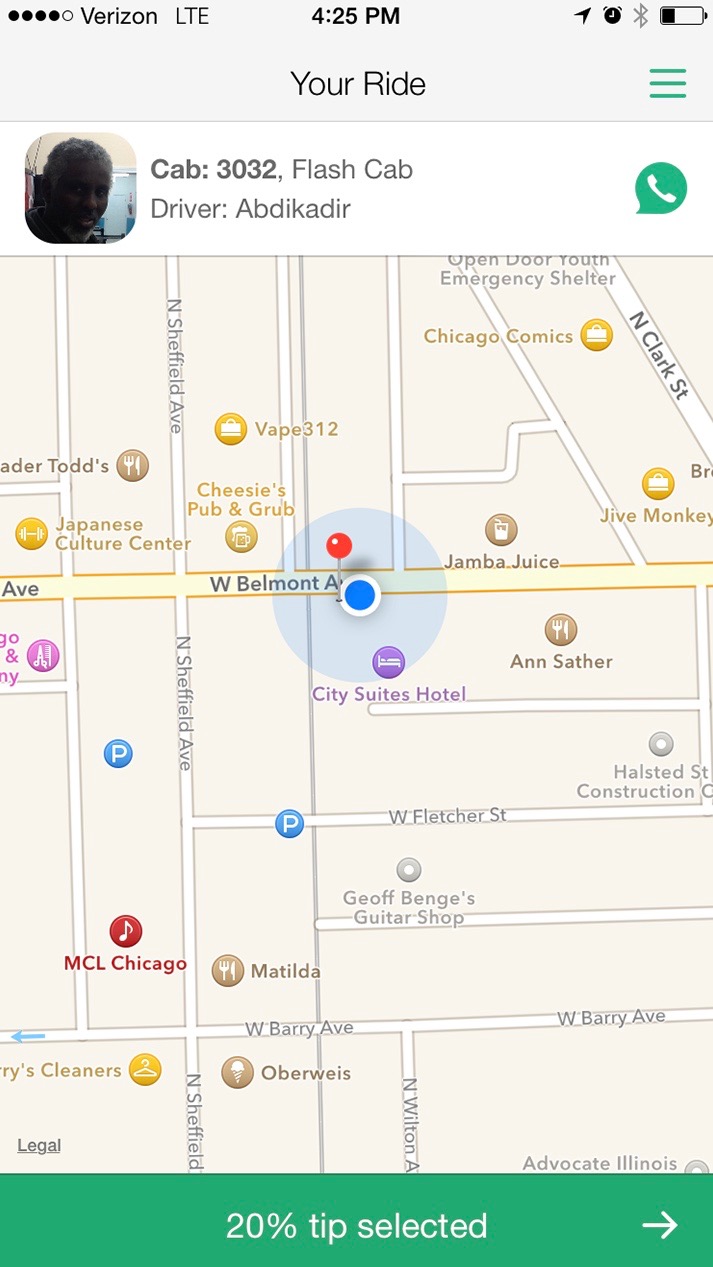
There are some small differences between Curb and the two most popular ridesharing apps, Uber and Lyft, that might deter you from making the switch.
First of all, taking a cab via Curb costs more money. You may get a ride estimate of only $8, but end up paying $12 when all is said and done. This is because the ride estimate is an estimate and driver doesn't have to adhere to that amount. What you end up paying is directly based on how long the meter is running. Plus, every ride you take through Curb costs an additional $1.95 service fee, so you'll always have to tack on a couple of extra bucks to the cost.
Then, there is the tip. Uber and Lyft have traditionally suggested that there is no need to tip the driver (though Lyft has a tip option in the payment section). Cabs have traditionally been a tipping industry and it is expected.
When it comes to how long you have to wait, you'll be waiting a little longer for a cab than you would for an Uber or Lyft (depending on the city you live in, of course). Even though the Curb app might show an estimated time of arrival as eight minutes away, I noticed that it took about 15 minutes, each time, for my cab to arrive.
Why you might like Curb better
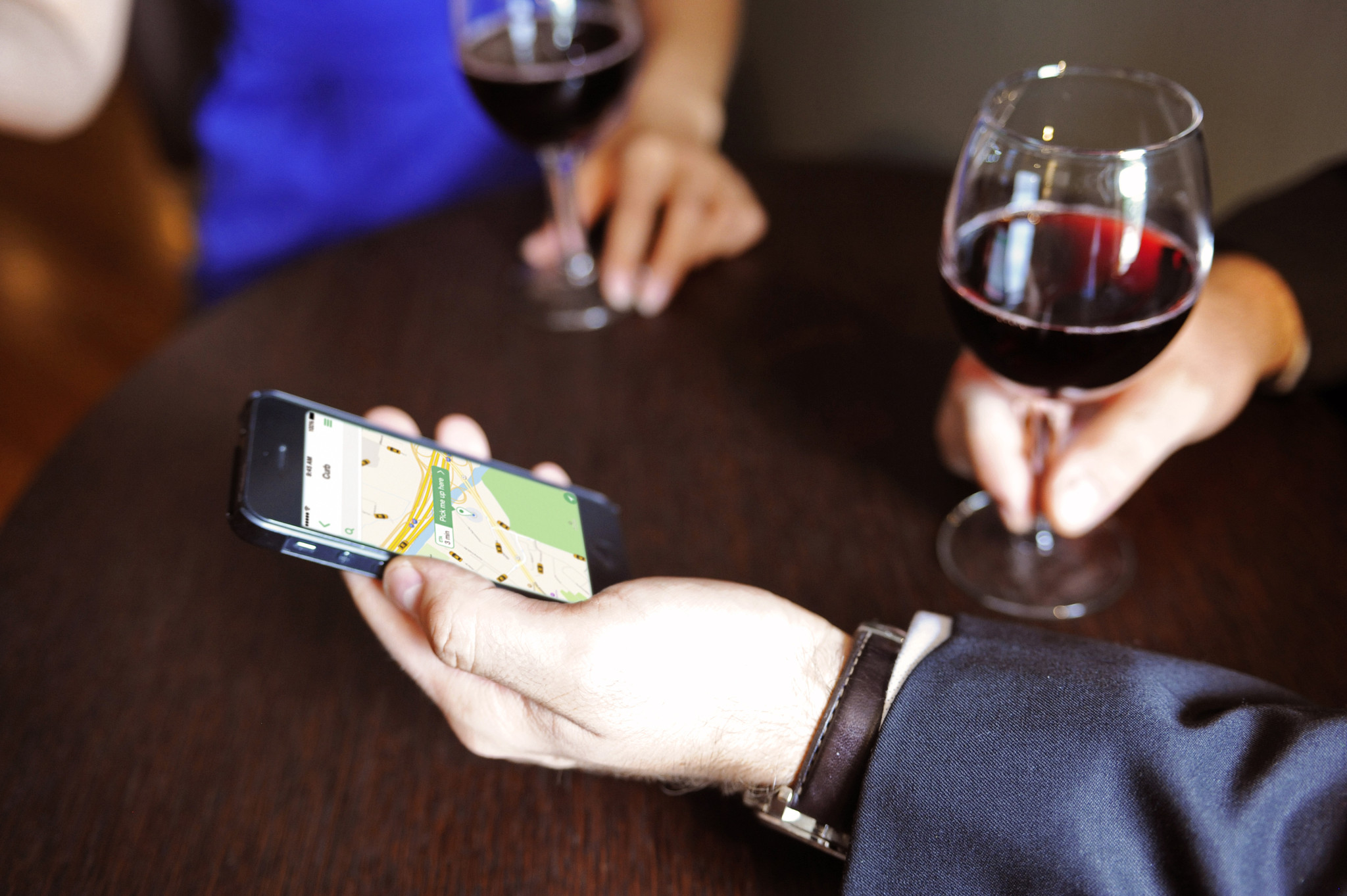
There are a few small things about ridesharing that I've never really liked very much. Taking a cab can be somewhat freeing in that way.
There is no surge pricing with taxi companies. It may cost you a little more overall to get from point A to point B, but it will never cost you four times as much to get from point B to point A. The price will always be the same, no matter what time of night it is.
You can ask your cabbie to make extra stops or even take you through the drive through. If you want to make a late night detour, it's no skin off your driver's nose. I personally have been refused an extra stop by my Uber driver en route. Every rideshare driver will be different, but I've never had a cabbie refuse to make a quick stop at the liquor store on the way to my house.
Should you switch back to taking a cab?
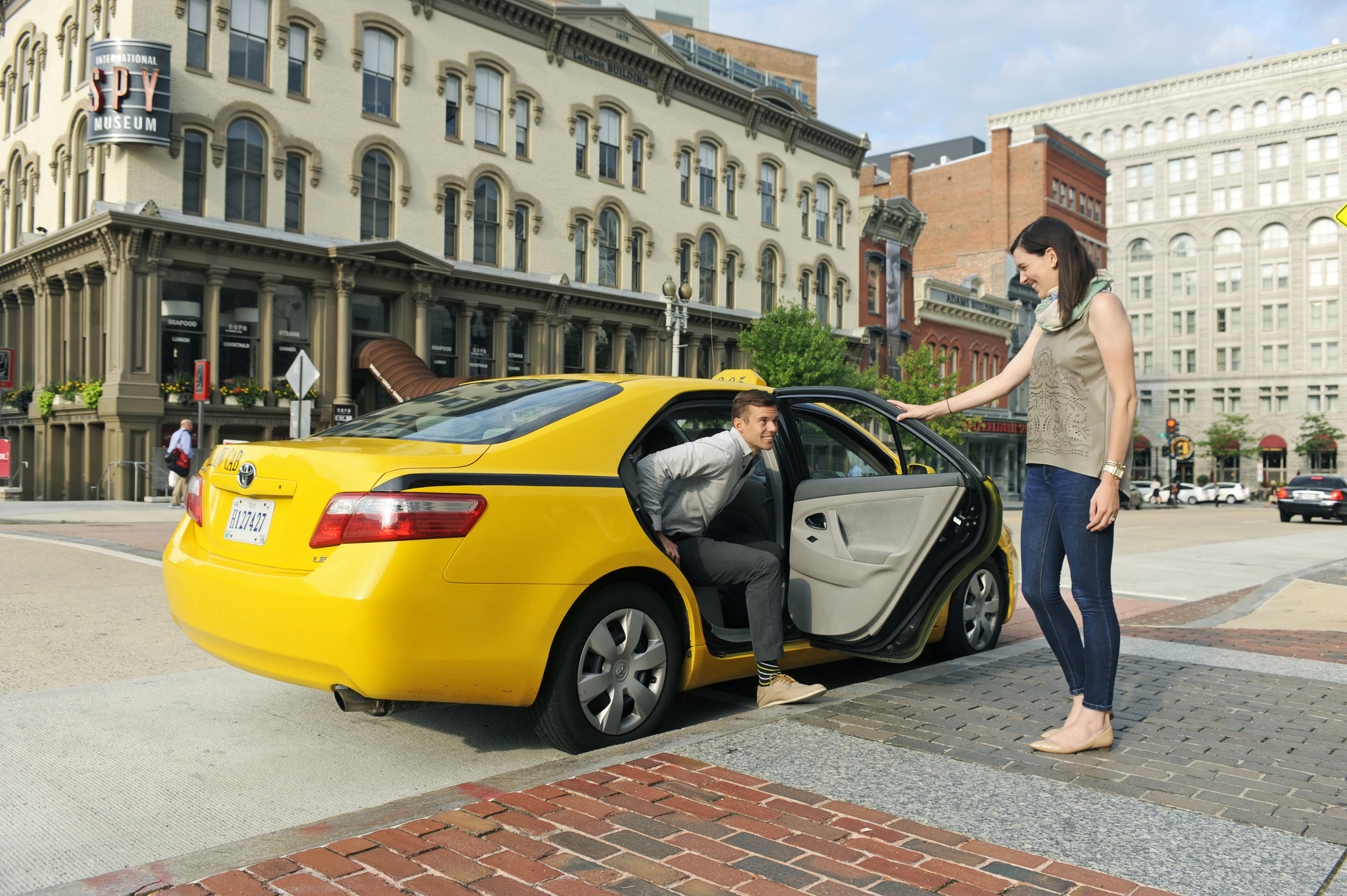
If you've been considering not using a ridesharing service for one reason or another, Curb is a great app for making the transition back into the cab culture. Things have changed in the taxi industry since ridesharing first started. It is easier to get a ride than it used to be, and prices have gone down. It's still not perfect, but the experience has improved.
If you've ever been scared about getting into a car with a perfect stranger and have heard stories about drivers for some ridesharing companies, you may feel better about getting into a cab. Taxi drivers have a lot more to lose by upsetting a customer. It is usually their entire financial livelihood, not just a second job to make some extra pocket money.
If you've ever questioned how it is that ridesharing companies can charge so little and wonder if drivers are being properly compensated, or feel concerns that cab companies are losing business because other companies are undercutting the market, Curb will give you the satisfaction of knowing you are supporting the industry, while making it easier to catch a ride.
If you hate the idea that your driver gets to rate your performance as a rider and worry that you may get a poor rating just because you weren't friendly enough with your rideshare driver, taxi drivers don't rate their fares.
What do you think?
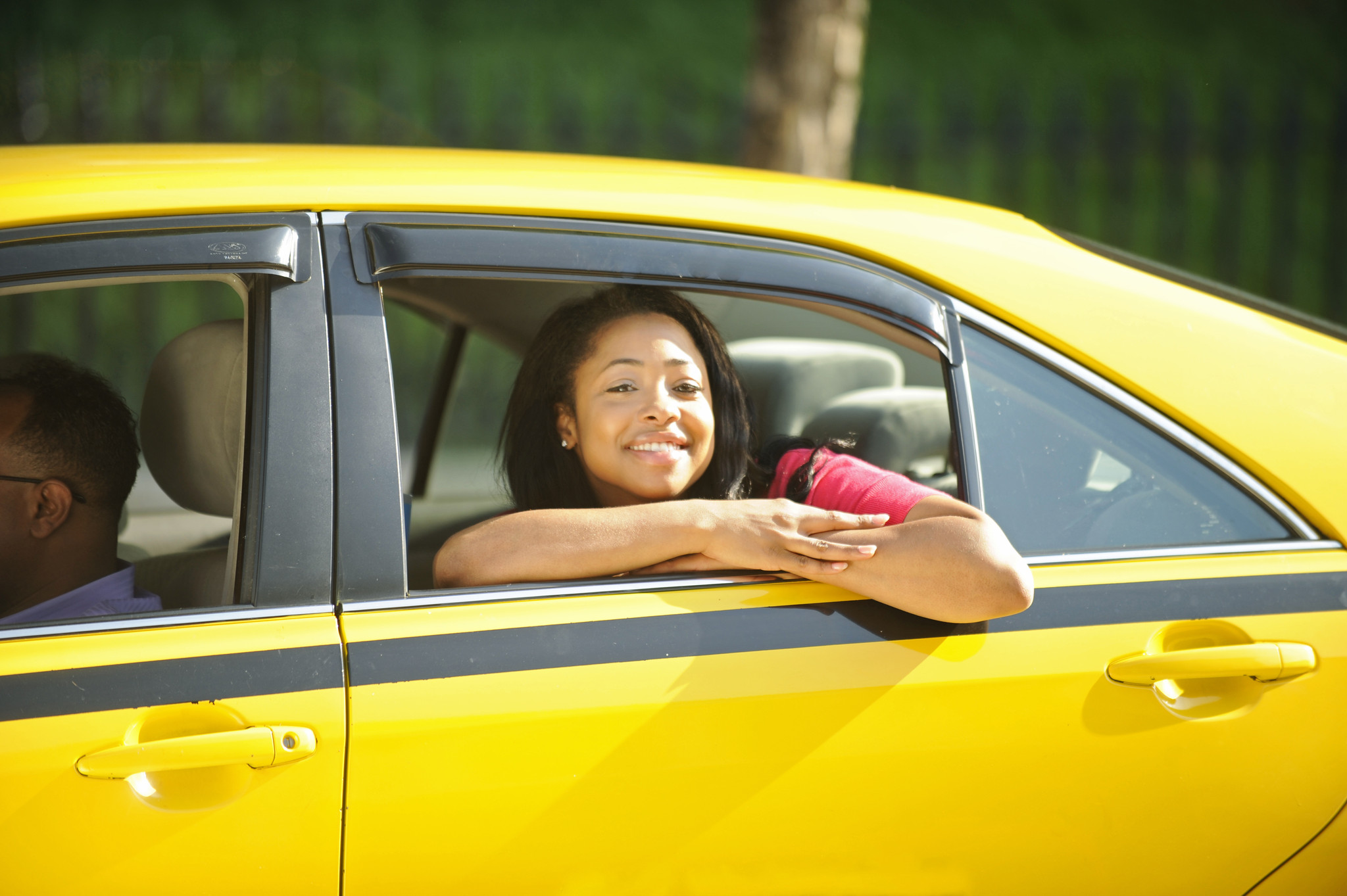
In the end, it is a personal choice. If you've wanted an better experience than you've had in the past with taking a cab, but can't get over how easy it is to use Uber or Lyft, you should give Curb a try. You'll be pleased with how easy it is to use, even with it's faults.
If you can't get over how much less expensive it is to take an Uber or Lyft and feel like the cab companies have had a monopoly on the ride-hailing business long enough, stick with what you've got. Curb is definitely more expensive, and taxis have not gotten that much more reasonably priced.
What do you think? Have you been pondering the idea of going back to taxi rides? Are you all-in with the rideshare industry? Do you use both? Let's discuss in the comments section.
Please remember to be polite.
Lory is a renaissance woman, writing news, reviews, and how-to guides for iMore. She also fancies herself a bit of a rock star in her town and spends too much time reading comic books. If she's not typing away at her keyboard, you can probably find her at Disneyland or watching Star Wars (or both).
